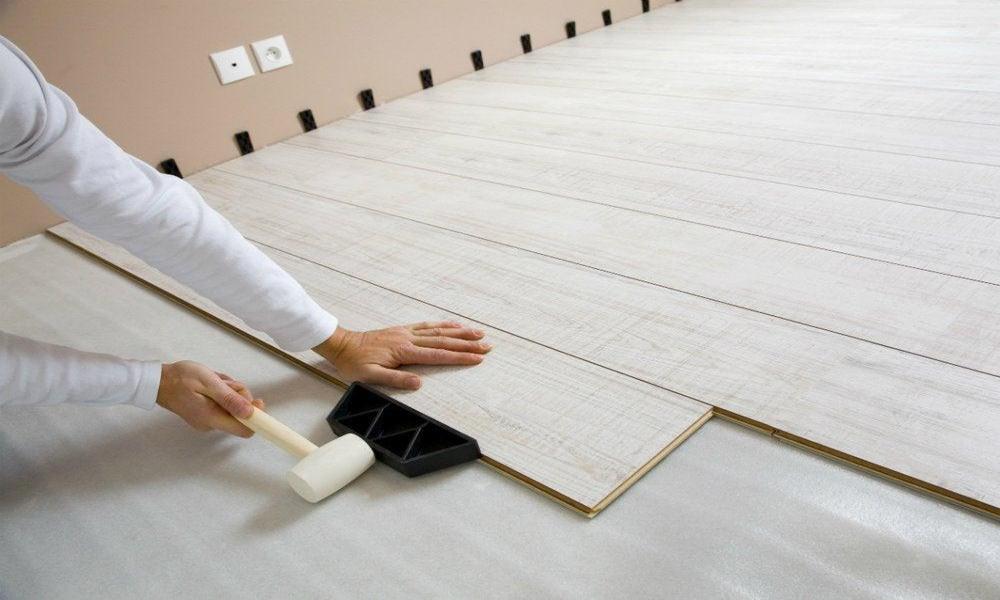Flooring is a fundamental component of any home or business surface, it provides easiness, comfort, beauty, and durability to the living or working space. However, installing flooring can be a challenging task, especially if you don’t have the right knowledge, skills, and tools. There are some notable tips you can follow to ensure a successful flooring installation project whether you are installing hardwood, tile, vinyl, or carpet.
Select the Right Flooring Material
The first step in any flooring installation project is to select the right flooring material for your surface space. Each flooring material has its unique and antique characteristics, such as durability, water resistance, appearance, and maintenance requirements. So, consider the function of the space like foot traffic and the overall design of the room when selecting a flooring material.
Measure and Prepare the Subfloor
Before installing any flooring material, you require your floor to measure the room’s dimensions and prepare the subfloor. The subfloor should be clean, level, and dry before installation to ensure proper installation and prevent any damage to the flooring material. You may need to remove old flooring, sand down uneven spots, or fill in cracks and holes in the subfloor.
Accommodate the Flooring Material
Before installing many flooring materials such as hardwood and laminate, need to acclimate to the room’s temperature and humidity levels and this process ensures that the flooring material adjusts to the room’s conditions. It helps to reduce the risk of warping or buckling after installation.
Follow the Installation Instructions
Each flooring material has its distinctive and unique installation instructions, such as the type of adhesive, fasteners, or underlayment to use. It’s important to follow the manufacturer’s instructions carefully to ensure proper installation and avoid voiding the warranty. You may also require specialized tools, such as a nail gun, saw, or adhesive applicator, to install the flooring material.
Allow for Expansion and Contraction
Some flooring materials, such as hardwood and laminate, expand and contract with the change in temperature and humidity. For this reason, it’s crucial to leave a gap between the flooring material and the walls to allow for this movement. You can cover the gap with a baseboard or molding for a neat finish.
Hire a Professional Installer
It’s best to hire a professional flooring installer if you are not confident in your skills or don’t have the necessary tools. A professional installer has the specified experience, knowledge, and tools to ensure a successful installation project. They can also advise you on the best flooring material for your space and provide care and maintenance tips to prolong the flooring’s lifespan.
Conclusion
Flooring installation needs careful planning, preparation, and execution to ensure a successful project. Follow these tips to ensure a beautiful, functional, and durable flooring installation that adds value to your home or business whether you choose hardwood, tile, carpet, or vinyl.

 Community and Culture in Mooresville: A Look at the Top Events and Festivals Coming to Town This Year
Community and Culture in Mooresville: A Look at the Top Events and Festivals Coming to Town This Year  Exploring the Versatility of Mexican Pebbles in Landscaping
Exploring the Versatility of Mexican Pebbles in Landscaping  Benefits of Quartz Countertops in Modern Kitchen Design
Benefits of Quartz Countertops in Modern Kitchen Design  Professional Deep Cleaning Techniques for Homes in Downers Grove, IL
Professional Deep Cleaning Techniques for Homes in Downers Grove, IL  Creating a Welcoming Dental Office: Best Practices in Interior Design
Creating a Welcoming Dental Office: Best Practices in Interior Design  Stylish and Functional: An Overview of Machine-Washable Rugs for Modern Homes
Stylish and Functional: An Overview of Machine-Washable Rugs for Modern Homes  Your Go-To Source for Emergency Dumpster Rentals – Explore Now!
Your Go-To Source for Emergency Dumpster Rentals – Explore Now!  Debunking Common Myths About Rental Restrictions
Debunking Common Myths About Rental Restrictions  Comprehensive Guide to Dryer Repair: Tips, Troubleshooting, and Solutions
Comprehensive Guide to Dryer Repair: Tips, Troubleshooting, and Solutions 